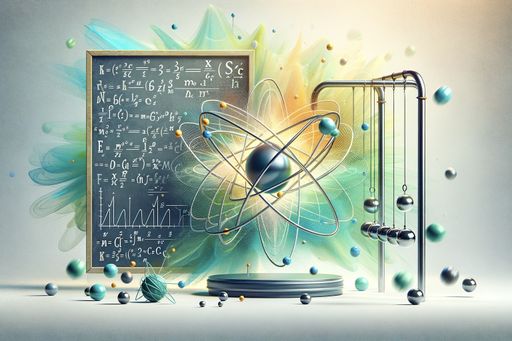The Universe
Let's explore the possibilities of human movement at the speed of light.

Can Humans Move at the Speed of Light?
Let's assume for a moment that it is possible for a human to move at the speed of light, which is about 186,000 miles per second. While humans can't feel constant velocity, it would still be an incredible feat.
Moving at such a high speed would have significant implications on the human body. Most humans can withstand a gravitational force of about four to six times that of Earth's gravity for a short period of time. However, as the g-force increases, the body's ability to circulate blood becomes limited. Prolonged exposure to high g-forces can lead to loss of consciousness and eventually, death.
Although particle accelerators can propel subatomic particles, such as electrons, to over 99.9% the speed of light, launching a person at that speed would require an enormous amount of energy and is highly unlikely, if not impossible.
The Challenges of Moving at the Speed of Light
The biggest challenge of moving at the speed of light lies in the physical effects it would have on the human body. The sheer force of particles at that speed would cause significant damage to both the body and any craft without heavy shielding. The particles, which are normally scattered across space, would become concentrated and pose a serious threat to human structures.
Additionally, the laws of physics as we know them would be broken if a person were able to reach the speed of light. Einstein's theory of relativity indicates that as an object approaches the speed of light, its mass becomes infinite and requires an infinite amount of energy to maintain that velocity. This poses a fundamental obstacle to achieving such a feat.
While the idea of humans moving at the speed of light may be fascinating, it remains firmly in the realm of conjecture and science fiction.
The Future of Space Exploration
As we continue to explore space, our understanding of the universe expands. While humans may never be able to travel at the speed of light, we can still make significant advancements in space exploration and technologies.
Through continued research and development, scientists and engineers are finding innovative ways to propel spacecraft faster and more efficiently. From ion thrusters to new propulsion concepts, the future of space exploration holds exciting possibilities.
By pushing the boundaries of what is currently possible, we can continue to uncover the mysteries of the universe and make new discoveries about our place in it.



